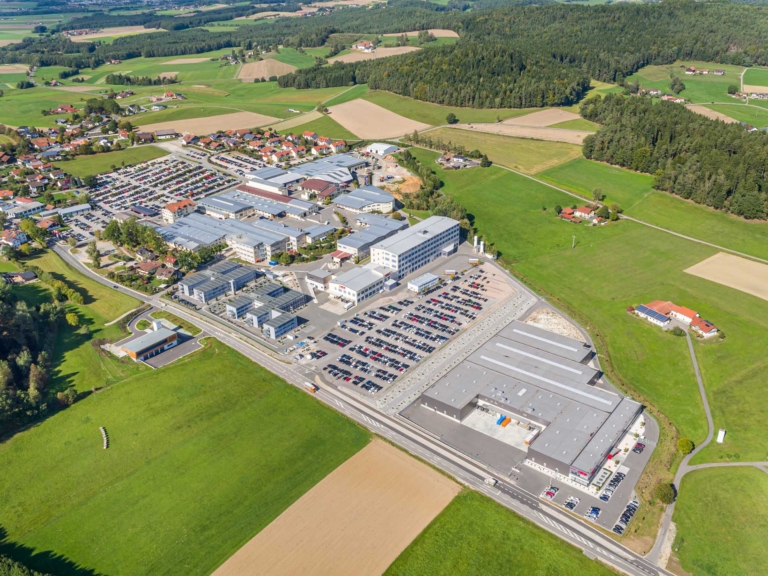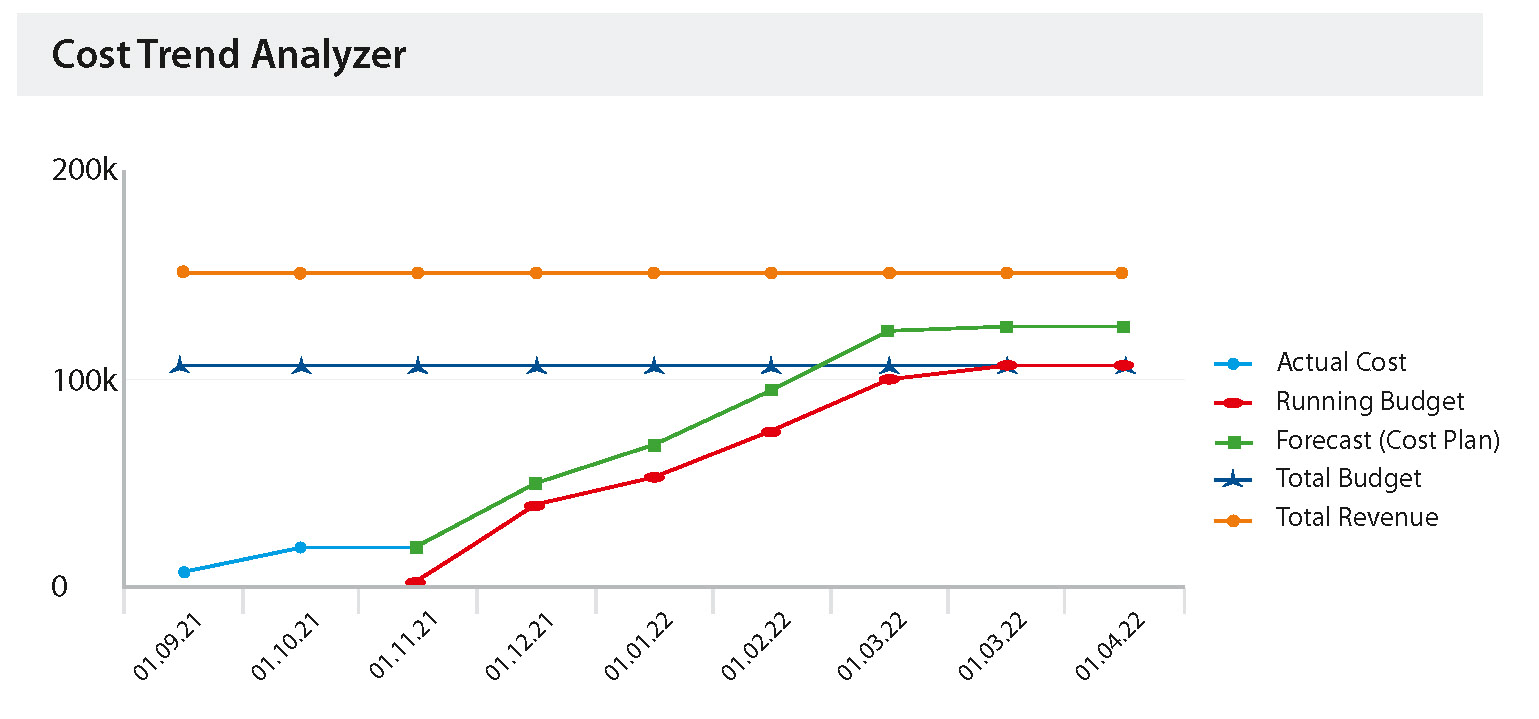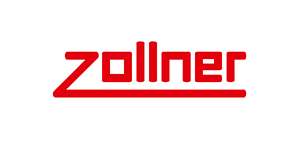My name is Josef Zellner. I have been with the company since 2004. I started in IT, then in 2016, I switched to project portfolio management. Today, I am responsible for the establishing and expanding multi-project management at the company.
In 2016, we started to create the framework for multi-project management and to find a solution for mapping processes and procedures with software support. As part of our software selection project, we chose Clarity and the implementation partner itdesign on the basis of how well they scored in our assessment and the overall impression that our project team had.





